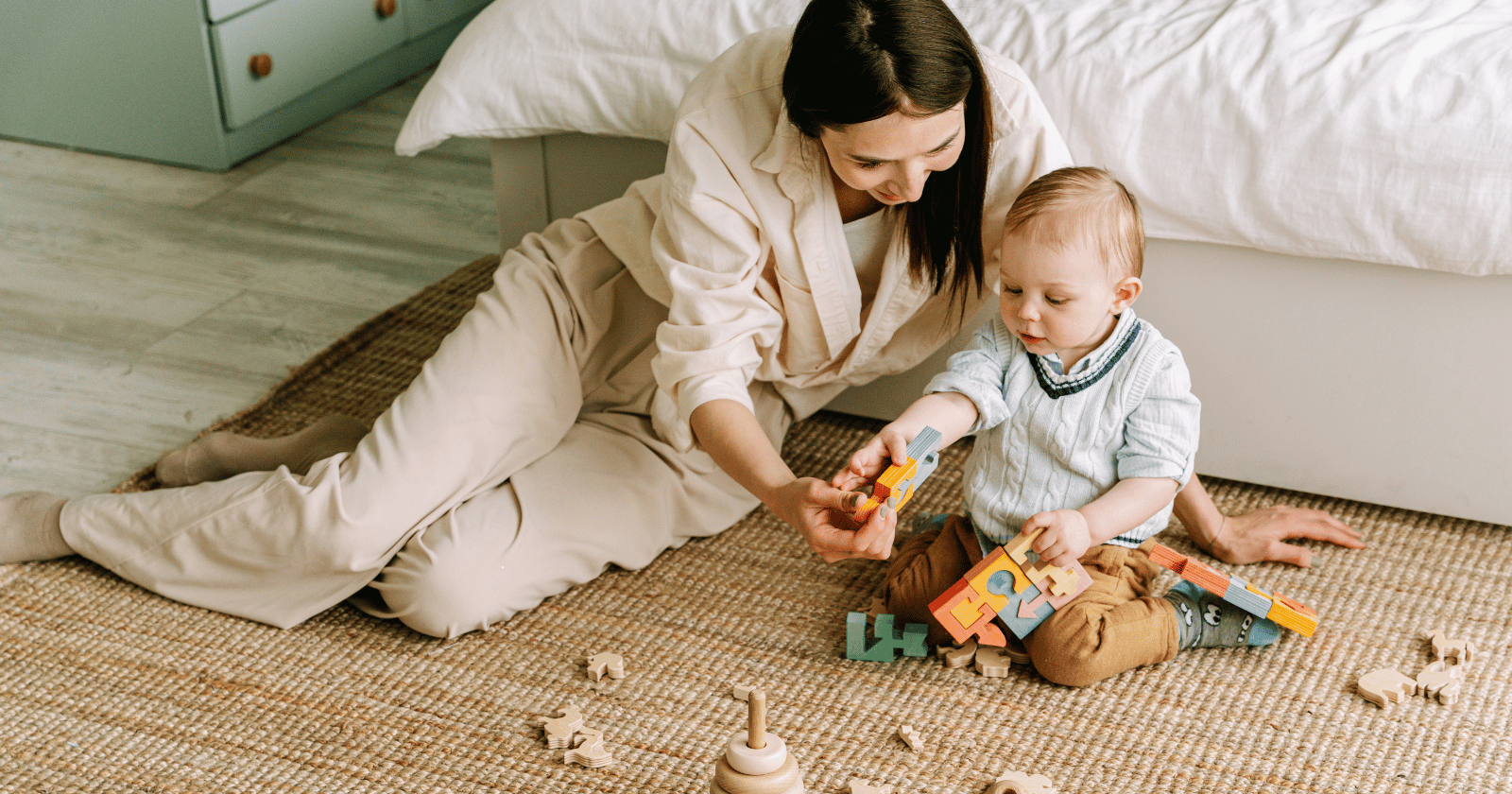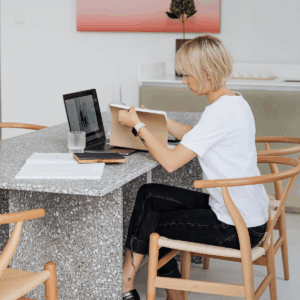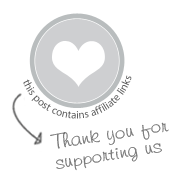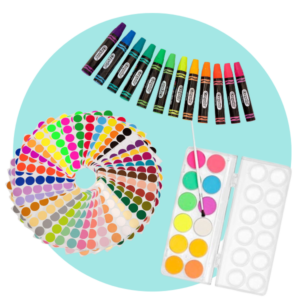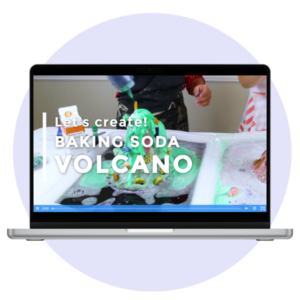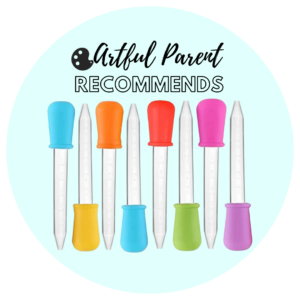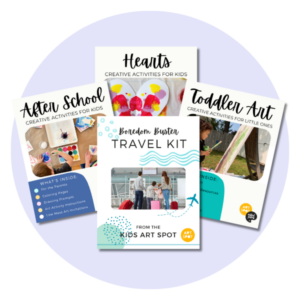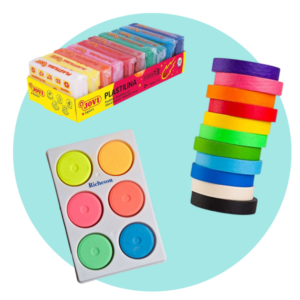Last Saturday at the farmers’ market, my mom tried to convince me – again – that Milo desperately needed a baby blanket warmer.
“But he’ll catch a chill!” she insisted, eyeing his cotton sleep sack like it was some kind of parenting failure.
I smiled and kept browsing the squash. Because here’s the thing: there’s a whole universe of baby products that the grandparent generation swears by, but most of us raising kids today? We’re walking right past them.
It’s not that our parents had bad intentions. They were working with the information and products available at the time. But between updated safety guidelines, new research on infant development, and honestly just a different approach to what babies actually need, a lot has shifted.
So if you’re navigating baby registry advice from well-meaning relatives or fielding “helpful” suggestions about what your little one is missing, this one’s for you.
1) Crib bumpers
Walk into any grandparent’s attic and you’ll probably find a set of these – those padded fabric guards that tie around crib slats.
They were everywhere a generation ago, marketed as protection against babies bonking their heads or getting limbs stuck between slats. And sure, that sounds logical on the surface.
But here’s what we know now: crib bumpers are actually a suffocation and strangulation risk. The American Academy of Pediatrics has been clear – nothing should be in the crib except a firm mattress, fitted sheet, and your baby.
When Ellie was born, my mother-in-law gifted us this gorgeous handmade bumper set. It was thoughtful, truly. But after reading about the risks, we thanked her and quietly tucked it away.
Safe sleep guidelines have evolved for good reason. Modern cribs are designed with slat spacing that prevents entrapment without any padding needed. Your baby bumping their head gently on the side? Totally normal and not harmful.
2) Baby powder
Remember that distinctive smell? For many grandparents, no diaper change was complete without a cloud of talcum powder.
Related Stories from The Artful Parent
But most pediatricians today recommend skipping it entirely. Talc-based powders can irritate babies’ developing lungs if inhaled, and there have been concerns about contamination with harmful substances.
Even cornstarch-based alternatives aren’t really necessary. A clean, dry bottom and some fresh air time does the job just fine.
When Milo had a persistent diaper rash at six months, my mom kept suggesting powder. Instead, we stripped back to basics – more diaper-free time, frequent changes, and a simple barrier cream when needed. Cleared up within days.
3) Infant walkers
These wheeled contraptions that let babies scoot around before they can actually walk? Grandparents loved them as entertainment and “development tools.”
Except they’re neither safe nor developmental.
Canada actually banned the sale of baby walkers back in 2004 after thousands of injuries. They give babies access to dangers they otherwise couldn’t reach – hot stoves, stairs, poisonous plants. And contrary to what you might hear, they don’t help babies walk sooner. In fact, research suggests they might slightly delay walking.
- If you’re everyone’s therapist but no one’s priority, you’ll recognize these 8 painful truths - Global English Editing
- The art of solitude: 9 activities introverts love that recharge their souls - Global English Editing
- I tested every “mental toughness” strategy for a year – only these 5 actually worked - Global English Editing
As Dr. Benjamin Hoffman, pediatrician and chair of the AAP Council on Injury, Violence and Poison Prevention, has stated: “I view infant walkers as inherently dangerous objects that have no benefit whatsoever and should not be sold in the U.S.”
We skipped walkers entirely with both kids. Ellie learned to walk at 13 months after lots of floor time, crawling, and cruising along furniture. Milo’s doing the same now – climbing, falling, figuring it out at his own pace.
4) Elaborate nursery bedding sets
You know the ones – matching comforters, decorative pillows, canopies, and quilts that coordinate perfectly with the curtains.
They’re beautiful. They photograph well. And they’re completely unnecessary for babies.
Beyond the safe sleep concerns (loose blankets and pillows in cribs increase SIDS risk), these sets are expensive and outgrown quickly. Most of us today are opting for simple, safe sleep spaces -a quality mattress, a few fitted sheets, maybe a sleep sack.
When we were setting up Ellie’s nursery, Matt’s aunt offered to buy us one of those $300 bedding sets. We gently redirected her toward some cloth diapers and a good baby carrier instead. Much more useful.
5) Baby shoes for non-walkers
Those tiny leather loafers or miniature sneakers for newborns? Adorable, yes. Necessary? Not even close.
Babies don’t need shoes until they’re walking outside regularly. Before that, bare feet or soft-soled booties are actually better for foot development – they let babies feel textures and develop balance and coordination.
I’ll admit, we received several pairs of “dressy” baby shoes as gifts. They were cute for exactly one photo shoot before going in a drawer. Meanwhile, both kids spent their first year barefoot whenever possible, wiggling those toes freely.
6) Bottle warmers
Many grandparents will insist bottles must be perfectly warmed to a specific temperature. Hence the dedicated bottle warmer taking up counter space.
But most babies are perfectly happy drinking room temperature or even cool milk. If you do want to warm a bottle, running it under warm water for a minute works just fine.
We never owned a bottle warmer. On the rare occasions I pumped and Matt gave Milo a bottle, room temperature was perfectly acceptable. One less gadget to clean and store.
The exception? If you’re exclusively formula feeding and find a warmer genuinely helpful, go for it. But it’s definitely not a necessity like previous generations might suggest.
7) Playpens as primary play spaces
Older generations often used playpens as the main place babies played throughout the day – a contained, “safe” space where little ones could be watched easily.
Most parents today use them differently, if at all. We know now that babies benefit from freedom of movement, exploring their environment, and floor time for motor development.
A playpen can be useful for those moments when you need to shower or answer the door safely. But as a default place where baby spends hours daily? That thinking has shifted.
Both my kids have spent way more time on blankets spread across our living room floor – rolling, reaching, eventually crawling – than they ever did confined to a small space. Ellie’s happiest memories from toddlerhood are probably building with blocks spread across half the house, not playing within boundaries.
8) Wipe warmers
The logic was sweet: cold wipes are uncomfortable, so let’s warm them up.
But babies adapt to room temperature wipes just fine. In fact, using cool wipes at home can make diaper changes away from home less shocking.
Plus, wipe warmers can dry out wipes and potentially harbor bacteria if not cleaned properly. It’s another gadget that takes up space and honestly creates more work than it solves.
We received one as a hand-me-down with Ellie. Used it for maybe two weeks before realizing she genuinely didn’t care about wipe temperature. Donated it and never looked back.
9) Baby food grinders and specialized feeding sets
Grandparents might remember elaborate baby food preparation – special grinders, mills, warming dishes with multiple compartments.
But many families today practice baby-led weaning, offering appropriately sized pieces of regular family food. Even if you’re doing purees, a regular fork or basic blender works perfectly fine.
When Ellie started solids around six months, we offered soft, safe pieces of what we were already eating. Steamed sweet potato, avocado, banana. Milo’s doing the same now – messily exploring food with his hands, no special equipment required.
As we’ve learned more about infant feeding, it turns out babies don’t need separate, highly processed “baby food” or special gear. Just safe, nutritious options from the family table.
Conclusion
Look, I’m not here to criticize how our parents raised us. They did their best with the information and products available to them, just like we’re doing now.
But parenting wisdom evolves. Safety standards change. Research uncovers new information. And honestly, some of what seemed essential a generation ago was really just clever marketing.
The beautiful thing? Babies need so much less than we’re often told. A safe place to sleep, food, love, connection, and freedom to develop at their own pace. Everything else is optional.
So when you’re fielding suggestions from well-meaning grandparents, you can smile, thank them for caring, and trust your own research and instincts. You’re not depriving your baby by skipping these items – you’re making informed choices based on current evidence.
And if you’re building a registry or planning what you actually need? Focus on the basics. A good car seat, a safe sleep space, a decent carrier, some practical clothing. The rest you can figure out as you go.
After all, Milo’s doing just fine without that blanket warmer.


